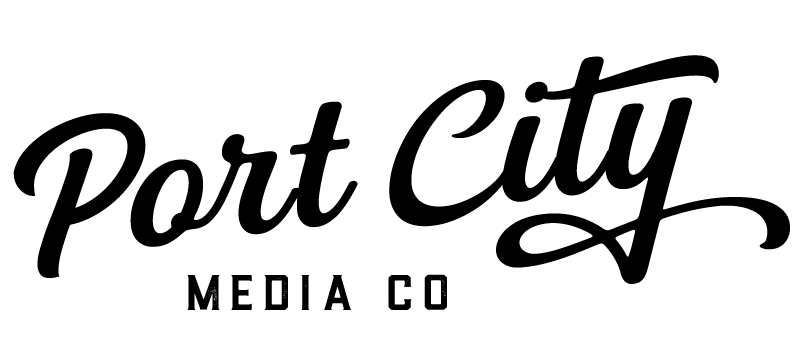In the world of digital marketing, landing pages are crucial components for converting visitors into leads or customers. A well-designed landing page has the power to captivate users, communicate a compelling message, and drive them to take a specific action. Whether you’re aiming to collect emails, promote a product, or encourage sign-ups, a high-converting landing page can make all the difference. In this blog post, we’ll explore the best practices for designing an irresistible landing page that maximizes conversions.
1. Start with a Clear Objective
Before you dive into designing your landing page, define a clear objective. What action do you want users to take? Whether it’s signing up for a newsletter, downloading a free ebook, or making a purchase, having a precise goal in mind will guide your design decisions.
2. Keep it Simple and Focused
A cluttered landing page can overwhelm visitors and lead to high bounce rates. Keep the design clean, with a clear focus on the primary call-to-action (CTA). Avoid unnecessary distractions that could divert users’ attention from your conversion goal.
3. Attention-Grabbing Headline and Subheadline
Your headline should instantly communicate the value proposition of your offer. It should be clear, concise, and intriguing. The subheadline can provide additional context or highlight the benefits users will gain from taking the desired action.
4. Engaging Visuals
Use high-quality visuals that align with your offer and resonate with your target audience. This could be product images, infographics, or even a relevant video. Visuals should complement the content and reinforce the message.
5. Persuasive Copywriting
Craft persuasive copy that addresses the pain points of your audience and demonstrates how your offer provides a solution. Highlight the unique selling points, benefits, and features of your offer. Make it compelling and easy to scan.
6. Optimize Your CTA
The call-to-action (CTA) is the heart of your landing page. It should be prominently displayed and stand out from the rest of the content. Use contrasting colors and clear, action-oriented language. Be specific about what users will get when they click the CTA button.
7. A/B Testing
A/B testing is essential for optimizing your landing page. Test different elements, such as headline variations, CTA button colors, or form fields. Analyze the results to see which version performs better. Continuous testing allows you to refine and improve your landing page over time.
8. Mobile-Friendly Design
With a significant portion of users accessing websites from mobile devices, ensuring your landing page is mobile-responsive is crucial. The layout should adapt seamlessly to various screen sizes, maintaining a user-friendly experience.
9. Trust Signals and Social Proof
Include trust signals, such as customer testimonials, reviews, or logos of reputable brands you’ve worked with. Social proof builds credibility and helps alleviate any concerns users might have.
10. Form Optimization
If your landing page includes a form, keep it as simple as possible. Only ask for essential information that is necessary for your conversion goal. Long forms can deter users from completing the action.
Conclusion
Designing an irresistible landing page requires a combination of thoughtful layout, persuasive copywriting, well-optimized CTAs, and continuous testing. By following these best practices and keeping your target audience in mind, you can create a high-converting landing page that not only captures users’ attention but also drives them to take the desired action. Remember to constantly monitor performance, analyze user behavior, and iterate based on insights to ensure your landing page is always optimized for conversions.


